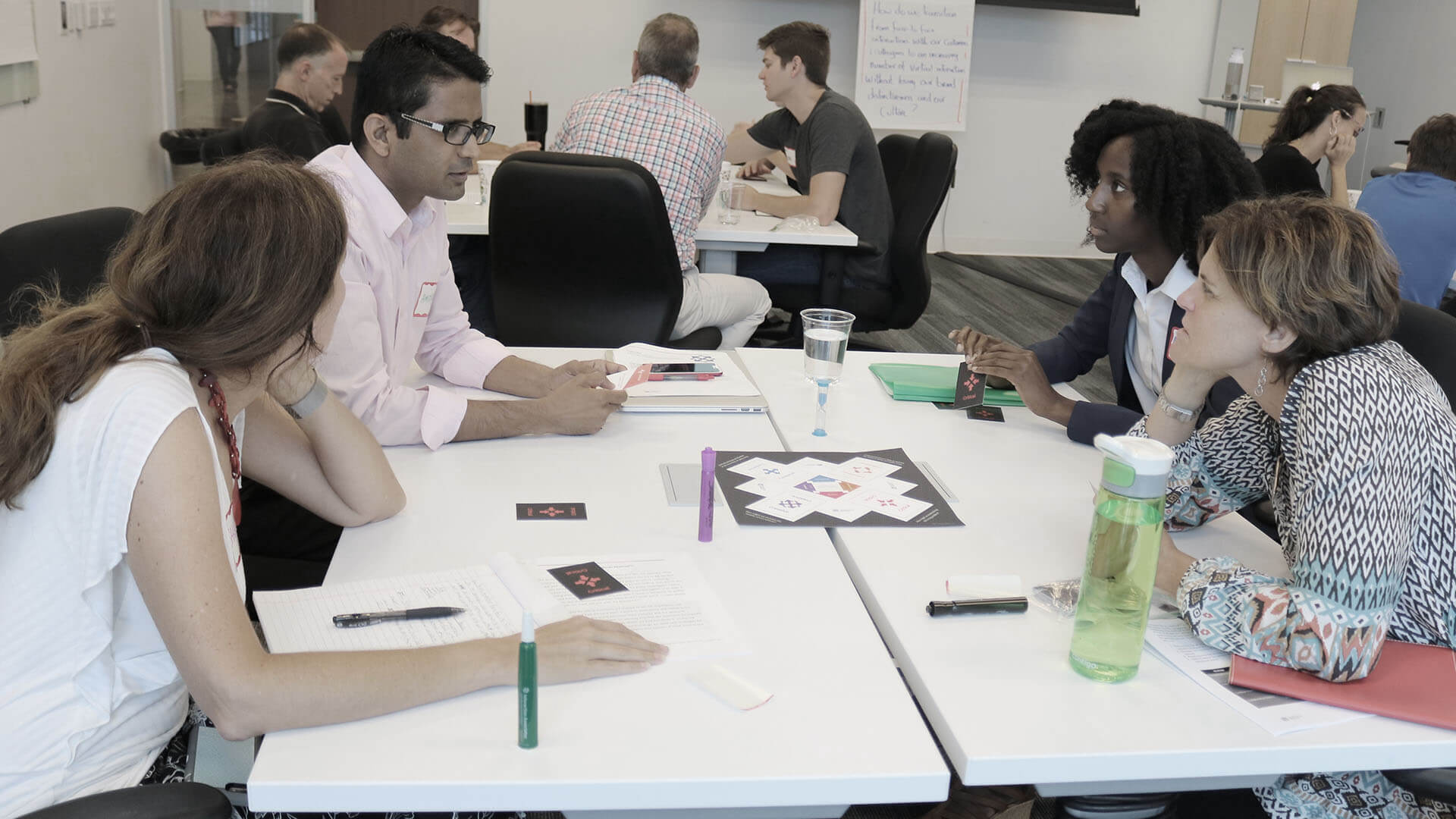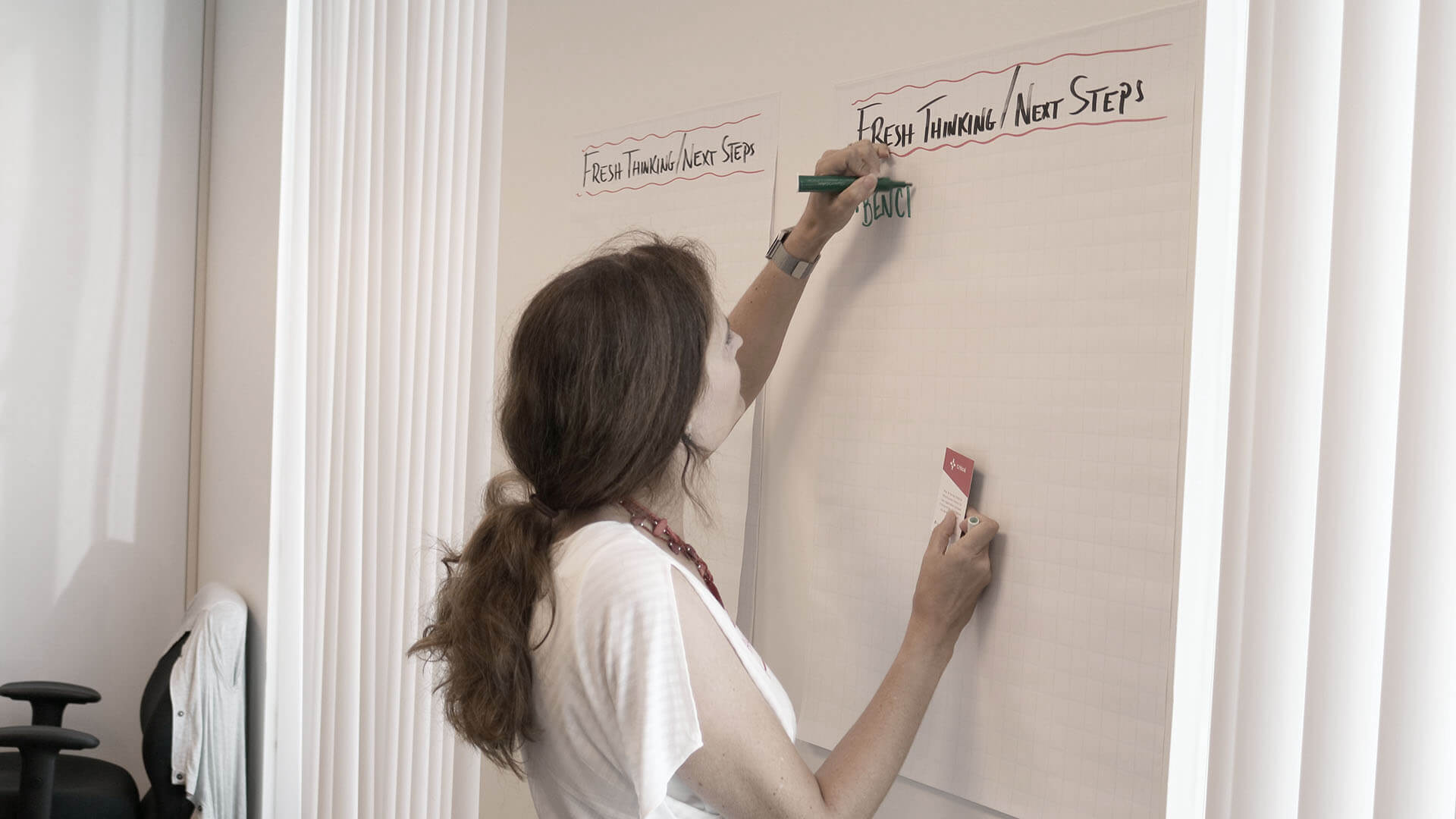IA Insights > Blog
Crafting Better Questions to Get a Better Answer
Crafting Better Questions to Get a Better Answer
I’m in the business of helping people ask better questions. I shouldn’t be surprised, then, when someone asks me, “What makes one question better than another?”
That’s a really good question. Before I explain why I think it’s a good question, let’s look at classic categories of second-rate questions:
Questions that are advice or judgement masquerading as a question.
Shouldn’t you unplug the toaster before trying to unjam that bagel with your knife?
Advice, good or bad, doesn’t make a good question.
Questions that beget questions instead of answers.
What should we do?
Unless the situation in which this question arises is dire, the appropriate response is: “That depends, what is happening and what do you want to have happen?”
Questions that constrain rather than liberate.
Should we build it ourselves or outsource it?
This question may evoke some interesting reasoning but won’t help us expand our thinking.
Questions that make it unsafe to answer candidly.
The boss asks forcefully at the conclusion of a meeting, “I don’t see any reason why we can’t meet this deadline, do you?”
This question simply triggers anxiety which, in turn, reduces one’s ability to think creatively.
Criteria for Evaluating the Quality of a Question.
These are the ones I use:
1. Will answering the question help us avoid solving the wrong problem?
To avoid solving the wrong problem, you must recognize the influence of underlying structures and cultural norms. It’s tempting to solve problems as they arise without questioning the cause, but when the problem persists or regularly reemerges, efforts to solve each problem in isolation can become counterproductive. I can take an aspirin to make my headache go away, but if the headache keeps coming back, I’ll be best served by understanding more about what’s causing the headache.
“What can I take to get rid of this headache?” is not as good as, “Why do I get a headache every time I drink red wine?”
2. Will answering the question reduce the risk of missing something important?
Being attentive to our environmental context and the competitive landscape reduces the risk that we will miss something important. The amount of information available to us (often overwhelming) conspires with the relentless pace of work to narrow the aperture through which we learn about the world. If we keep our heads down and focus only on our functions and our objectives, we will miss emerging trends that could make the way we are currently framing our questions irrelevant.
“How do we leverage social media?” is not as good as, “What influences how our desired future customers make judgments about a brand?”
3. Will answering the question make it easier for people to take concerted action?
The answers to our most important questions involve and impact others. Crafting questions that are considerate of people who will be impacted by the answer is not just an ethical thing to do, it avoids unanticipated conflicts in priorities and improves your answers by including diverse perspectives.
“How do I get people to focus more on our customers?” is not as good as, “What conditions encourage helpfulness?”
4. Will answering the question increase the novelty of your options?
Questions that allow for multiple and diverse options inspire fresh thinking. Those who value learning from mistakes ask different questions than those looking for options that simply improve the status quo.
“How will that work?” or “What are the benefits and risks of that approach?” are not as good as, “If we experimented with that idea, what would we learn?”
Now you have an answer to the question: “What makes one question better than another?” What other questions do you have that might inspire you to find other good questions?
Want to learn more about how to ask the right questions? Check out the training solution Unstuck Minds.
About Jay Cone
Jay Cone has spent the past 25 years focusing on leadership development, strategic thinking and innovation and is the founder of Unstuck Minds. Prior to joining Interaction Associates, Jay worked in the food service industry as a training manager, Human Resources director, and internal consultant. Jay is a thought leader for Interaction Associates’ work in teams, innovation and strategic thinking. Jay is a regular contributor to Saybrook University’s Rethinking Complexity blog. His articles on strategy and leadership development have appeared in Rotman Magazine, The Journal of Global Business and Organizational Excellence, Training Magazine, and The American Society for Training and Development's Best of Customer Service Training. Jay served on the editorial review committee for David Straus' book, How to Make Collaboration Work, and contributed a chapter on accountability to Leadership for Transformation, edited by JoAnn Danelo Barbour and Gill Robinson Hickman. Jay served for five years on the faculty of the Executive M.B.A. program at The University of Texas at Dallas, where he taught innovation and collaboration. Jay is conducting research and writing a dissertation on organizational strategy formation to complete his Ph.D. program in organizational systems. Jay's current consulting practice focuses on senior team facilitation, strategic thinking, leadership development, and innovation.






